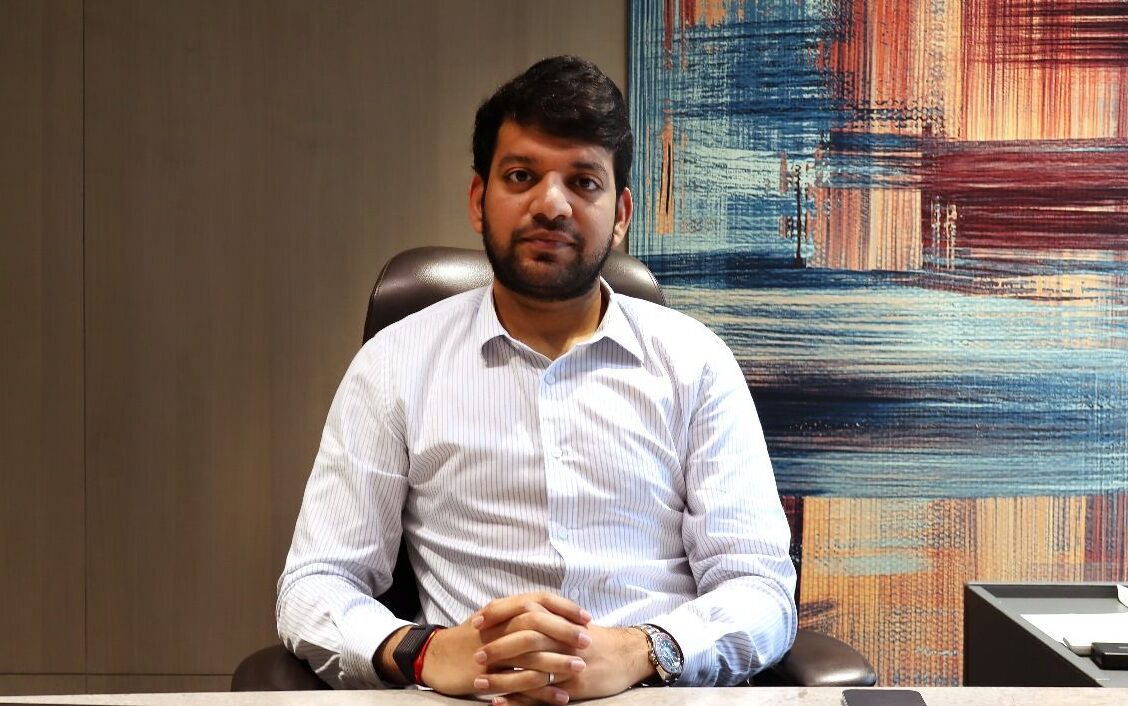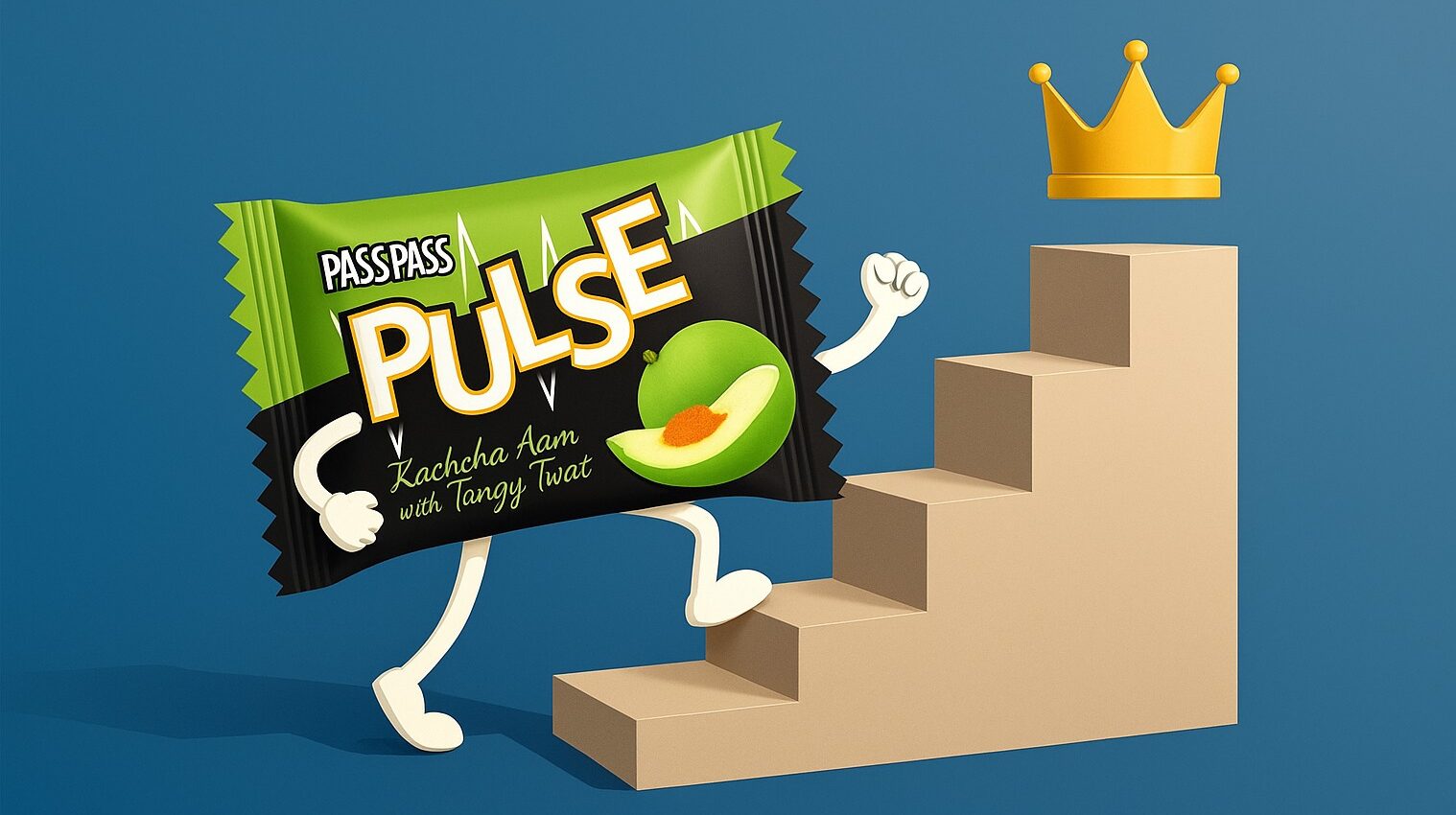Smart rings have been the new tech fad lately, and Samsung is throwing its weight behind the category. The Galaxy Ring, priced at ₹34,999 in India, is sleek, capable, and much importantly a part of Samsung’s ever-growing ecosystem. But if you’re imagining a standalone fitness tracker that replaces your smartwatch, pause right there. This isn’t that. Think of the Galaxy Ring more as an extension of your Galaxy Watch.
Design that blends in and feels good
The Galaxy Ring’s beauty is in its subtlety. It’s thin, lightweight, and ridiculously comfortable, thanks to its concave shape that avoids pressing into your neighboring fingers. Weighing just 2.3 to 3 grams depending on size, it disappears into your hand, visually and physically.

It’s so discreet that no one will notice you’re wearing a smart ring. That can be a plus for minimalists, but maybe a letdown for those who want their ₹35,000 gadget to stand out.
Health features with caveats
The Galaxy Ring tracks the essentials, sleep, heart rate, skin temperature, blood oxygen, and activity. You’ll get an Energy Score, sleep coaching, and basic heart rate alerts. However, accuracy takes a hit when it comes to workouts. Especially if you don’t manually start your runs or walks. Autorecording is inconsistent and sometimes plain wrong.
Blood oxygen tracking is also iffy, especially for side sleepers. So if you’re buying this to replace a smartwatch, you may be disappointed.
Shines brightest with Galaxy devices
Pair it with a Galaxy phone or Galaxy Watch, and you’ll unlock a lot more. Features like Find My Ring, AI-powered insights for the Energy Score, and even gesture controls work only on select Samsung devices. Battery life also improves by 30 percent when used with a Galaxy Watch, thanks to smarter data prioritization in the Samsung Health app.
On its own, the Ring lasts about 6 to 7 days per charge. But with a Galaxy Watch, you could stretch it close to 10.
Should you buy it?
If you’re deep into the Samsung ecosystem, the Galaxy Ring is a slick, futuristic accessory. But if you’re using a OnePlus, Pixel, or iPhone, you’re missing out on half the features. At this price point, it’s not for everyone. But it might be a peek into the multi-device wearable future that Samsung wants to build.
Also Read: Sify’s Data Centers Get NVIDIA Approval: A Big Win for India’s AI Future

























